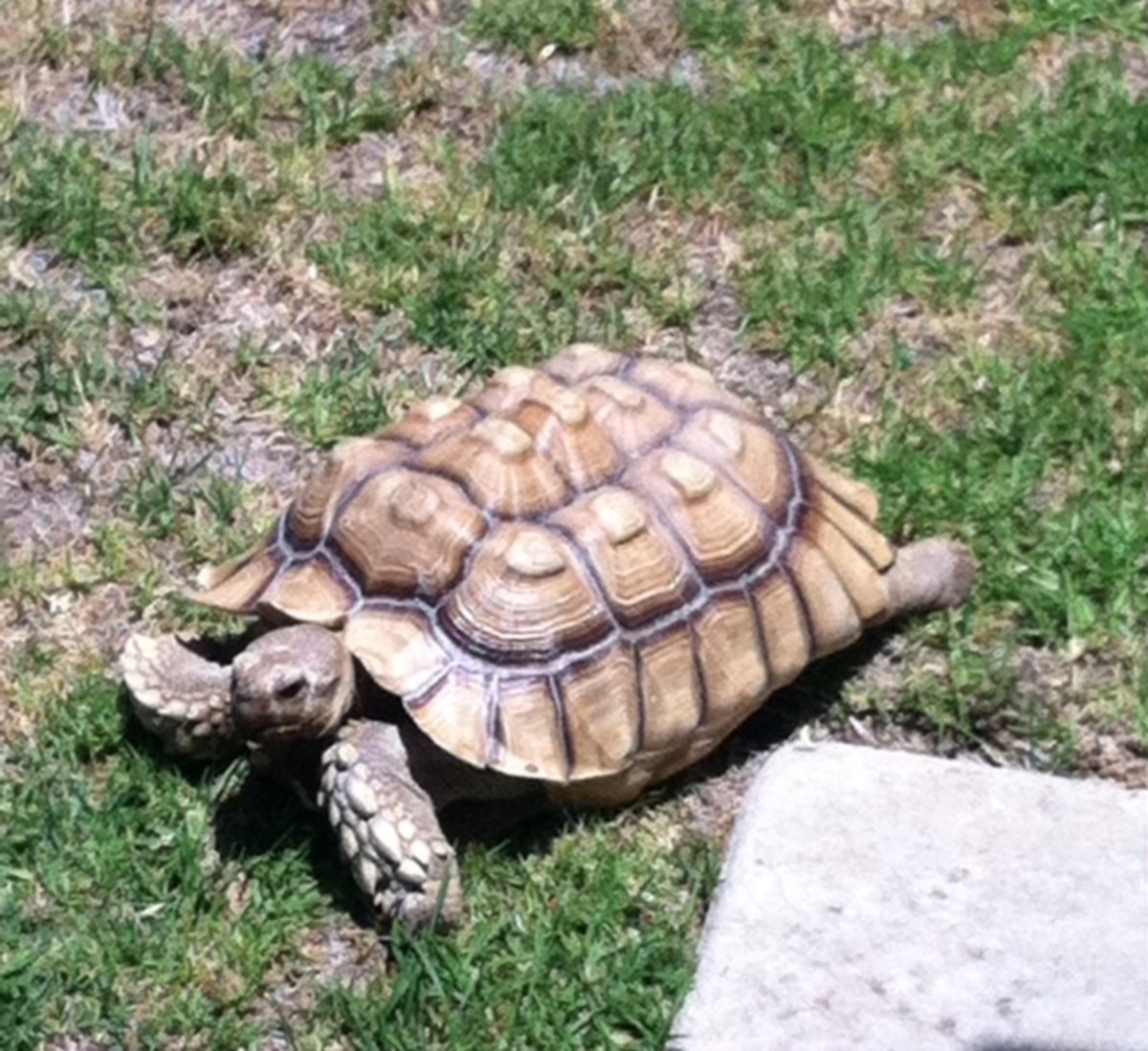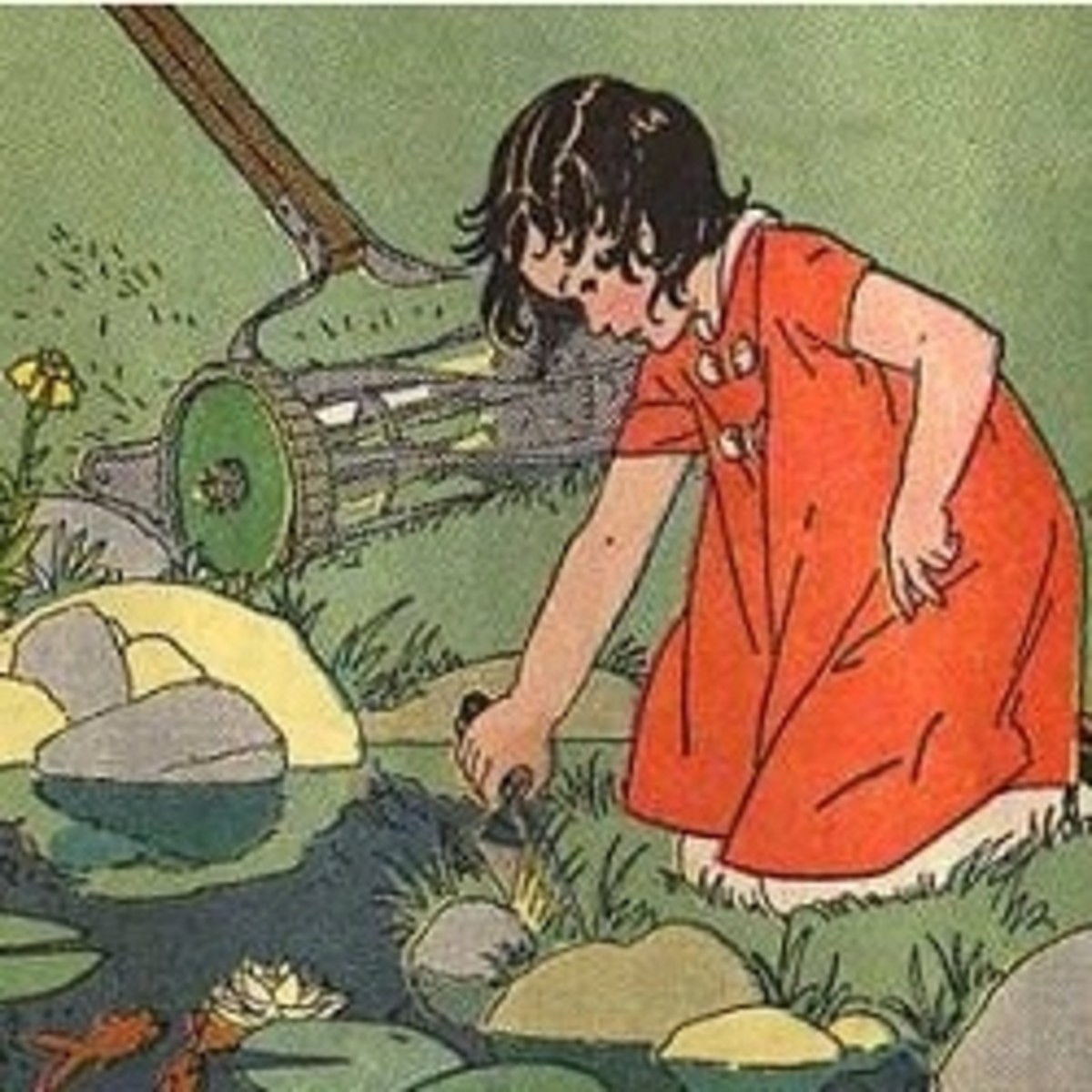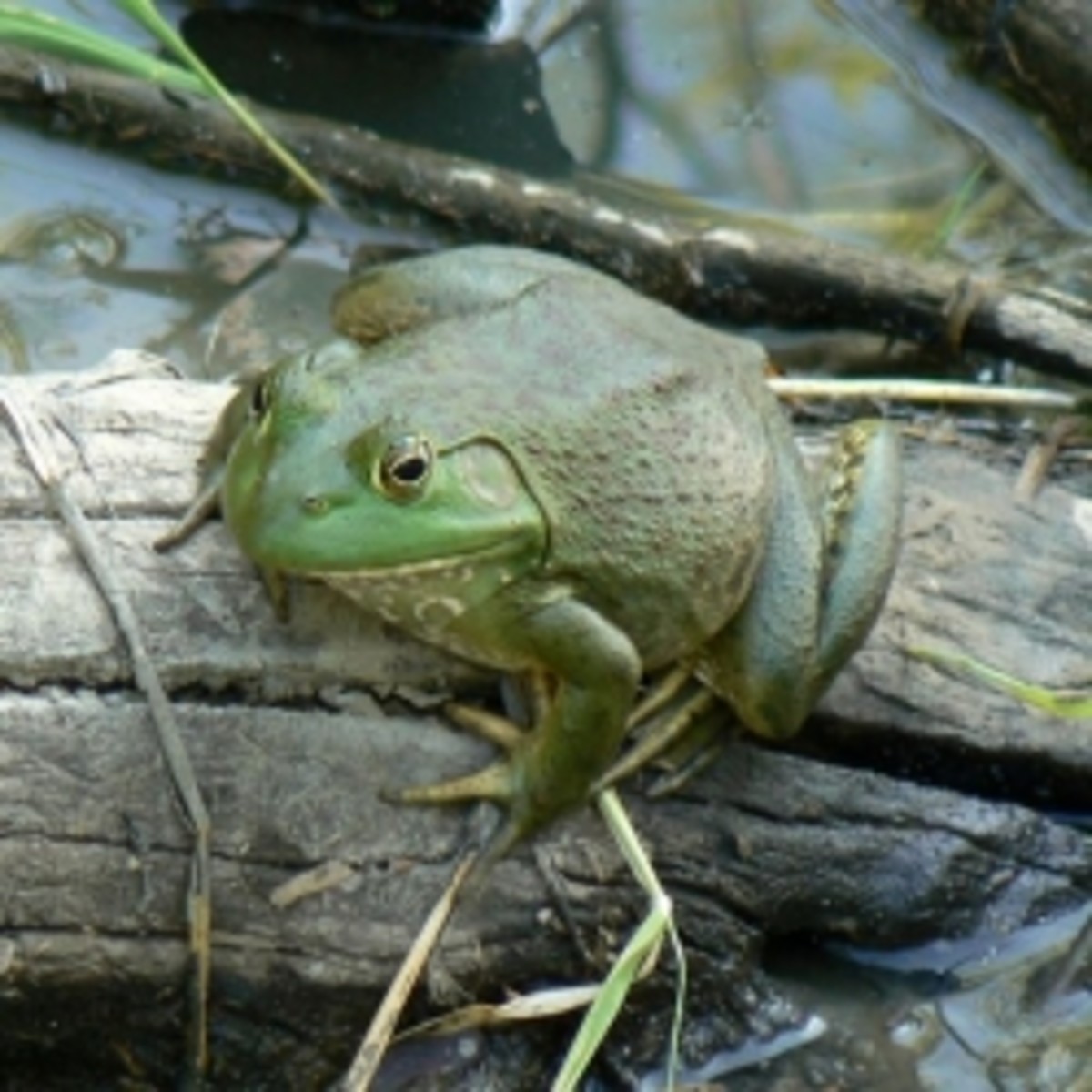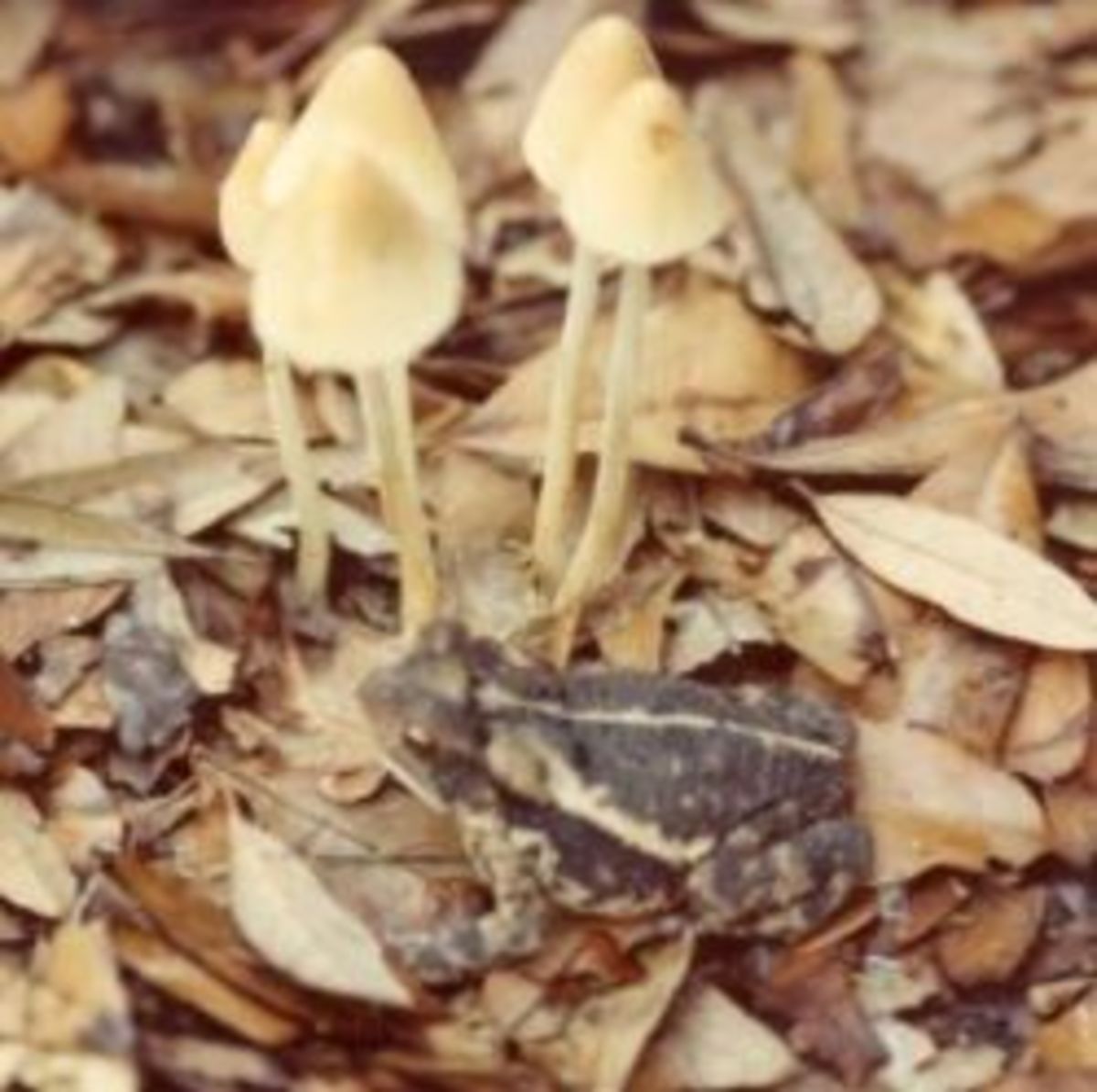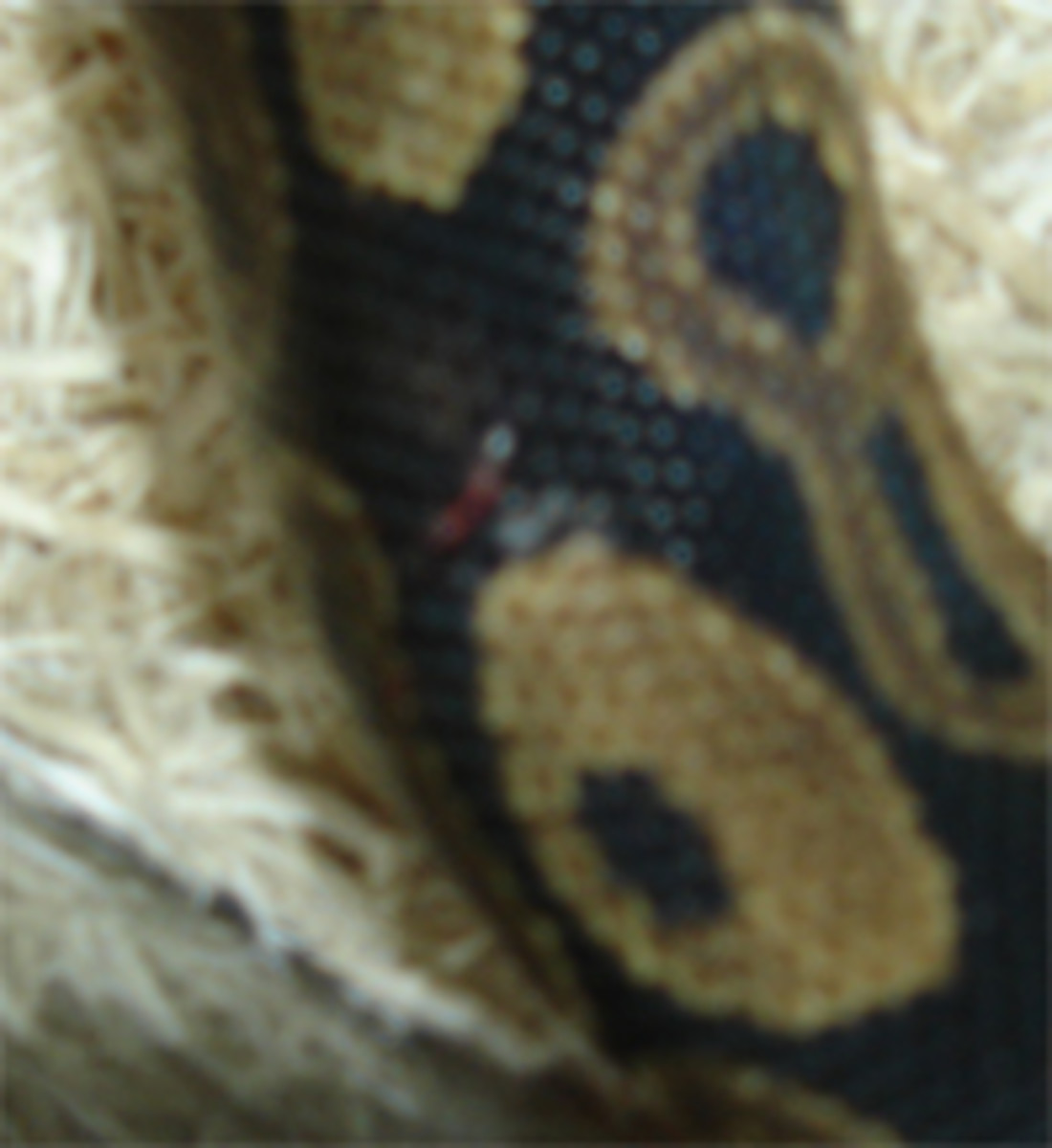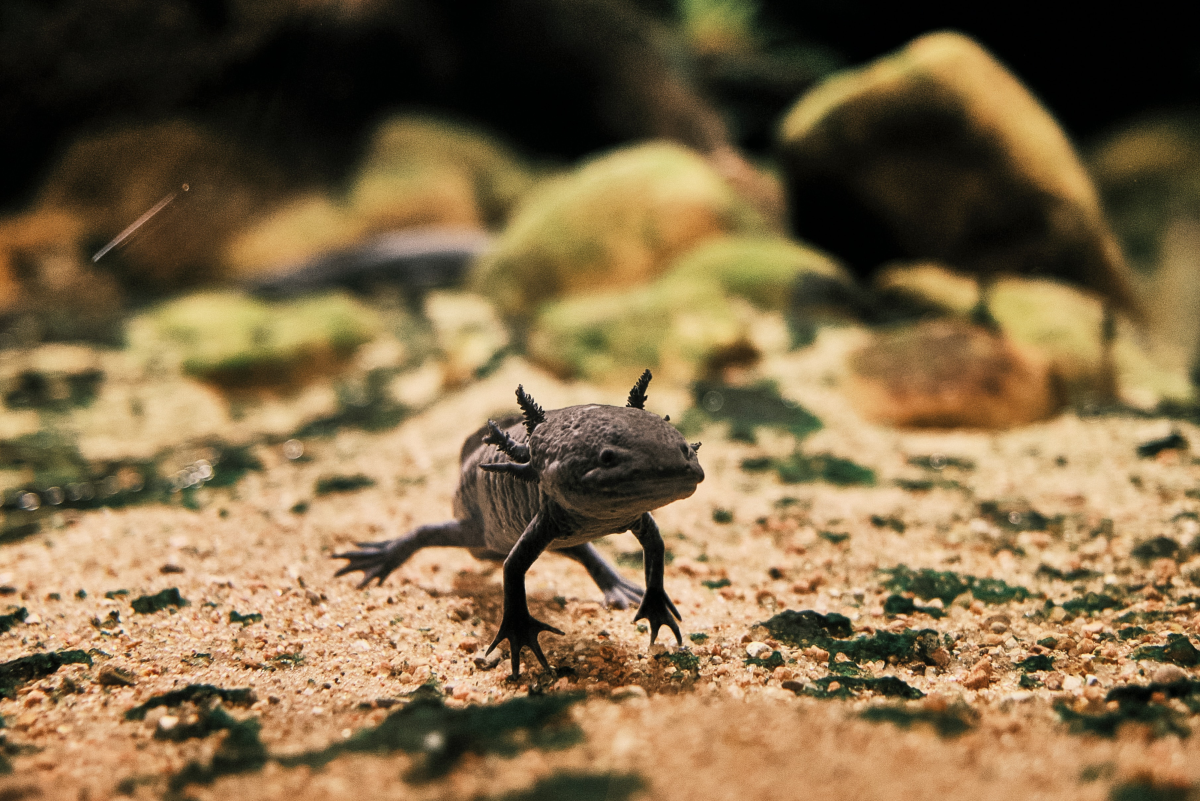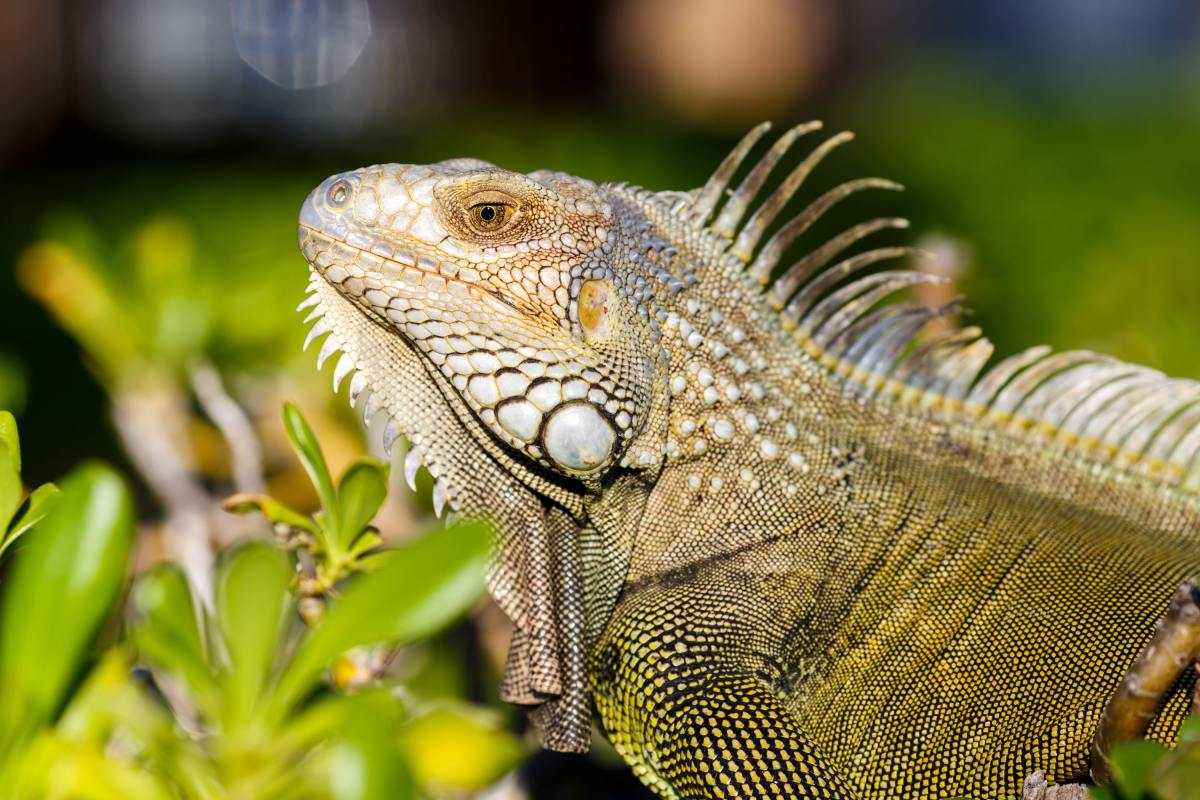The Amazon Milk Frog, Trachycephalus resinifictrix
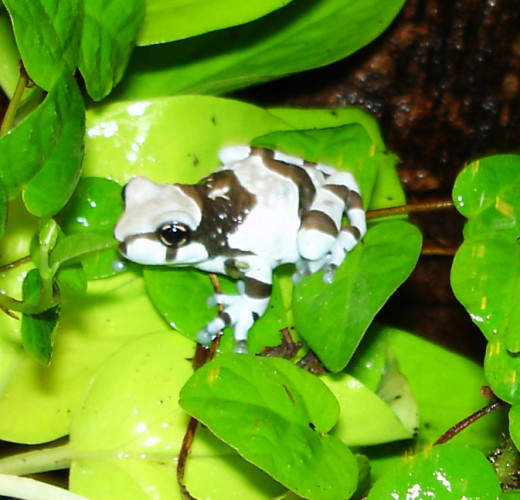
Amazon Milk Frogs, My First Amphibian Pets
Amazon milk frogs, Trachycephalus resinifictrix, were the first pet amphibians that I kept. This was many years ago, when obtaining them was quite difficult. In fact my online reptile dealer had to get them from Germany from me, where luckily he was going for the Hamm show, they were impossible to find in the UK at the time.
Things have really changed now, and they are now commonplace and quite cheap. As with most tree frogs, the female produces hundreds of eggs, so once the conditions under which it would breed in captivity were worked out, breeders had more froglets than they knew what to do with.
Initially I obtained two individuals. Since they seemed to be easy to care for, and appeared to be enjoying life in the terrarium I prepared for them, I decided to add to my group. However, again I could not find any resinifictrix in the UK and had to wait for another Hamm show, they are biannual, and then only managed to buy tiny little froglets.
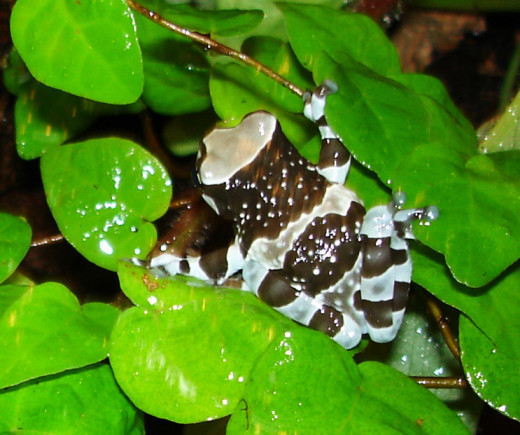
Why "milk" frog?
As the name suggests the frogs are native to the Amazon rainforest, but why the "milk" in the common name? Apparently this refers to the fact that, when disturbed the frogs produce a nasty, possibly poisonous milk secretions from their skin. The latin species name resinifictrix is also due to the resin they allegedly produce. I say allegedly because, despite keeping a collection of these frogs, I have never actually witnessed any poisonous resinous milk production. Perhaps my little pets were very laid back.
They grow to a decent size, about 4" for the females and 2.5" for males. As is often the case with animals, they are at their cutest when young, when they are beautiful pale blue colour, with contrasting black bands. As they grow, the black fades to brown, and the light colored parts change from blue to pale grey.
What is quite amazing, is the fact that they are iridescent blue inside! They have blue tongues, and if you are ever lucky enough to look inside their mouths, you will see the amazing blue color. It is almost as if they have blue blood, although if that were true, I think zoologists would be making a lot of noise about it. I've never managed to find anybody proposing any theories about the blue insides, what causes the colour? does it serve any purpose?
The other remarkable characteristic of Amazon milk frogs is their eyes. These have golden yellow irises, with big blue pupils which are cross shaped.
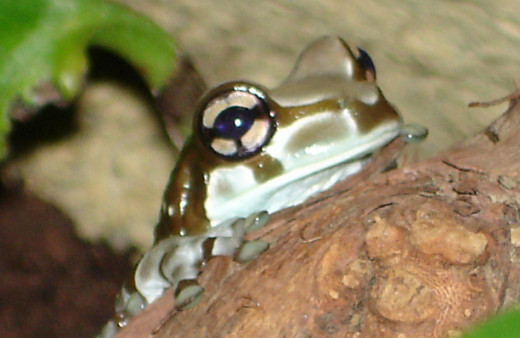
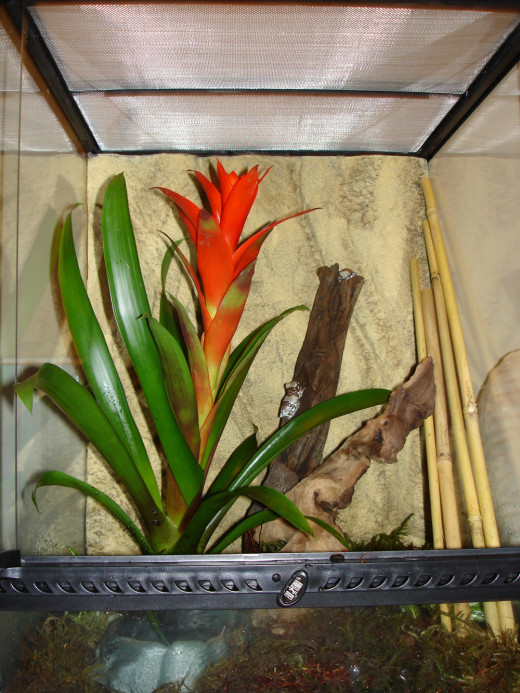
Amazon milk frog husbandry
Since they are tree frogs, they require a tall terrarium furnished with a lot of branches, pieces of bark and preferably live plants. I housed mine in a medium sized exoterra tall enclosure. What to use for substrate is always controversial with amphibians and reptiles. Natural substrate is best, but you don't want something that the frogs will accidentally swallow when they are hunting crickets. I went for a very naturalistic terrarium, with topsoil covered in moss, and plants directly planted into the soil rather than in pots.
Like the vast majority of frogs they are insectivores, and will feed on any suitably sized feeder insects. I fed mine mostly on gut loaded crickets, with the occasional waxworm or small moth thrown in for variety.
They require a shallow bowl filled with water in which they will sit to drink, and which must be changed daily. To maintain humidity the tank needs to be sprayed a couple of times a day, and it is important to wipe all surfaces once a week to keep the enclosure clean.
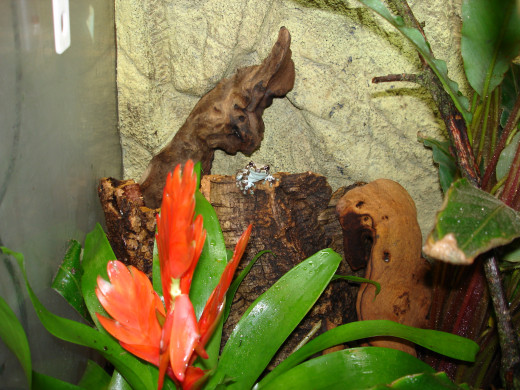
Breeding Behaviour
I never bred my frogs, I am not convinced I had any females in my group. However their breeding behaviour is quite fascinating. Unlike most other frogs they don't lay their eggs in, or near water bodies. Instead the male finds a water-filled tree hole, claims it fo rhis territory, and calls from it to attract females. The eggs are left in the rainwater in the hole in the tree, and tadpoles develop there unit they metamorphose to froglets.
I have readone account, which suggests that the males look after the tadpoles. Apparently they call to females and induce them to lay more eggs in the nursery, which they don't fertilise but instead leave them to be eaten by the tadpoles. I don't know whether this is true, it is quite common in poison dart frog species, but I have never heard of tree frogs doing that. On the other hand, the tadpoles might not have enough food in their little nursery, unlike those of other species which swim in open water. So it is possible that the Amazon milk frog developed the same strategy as frogs that raise tadpoles in bromeliads.


